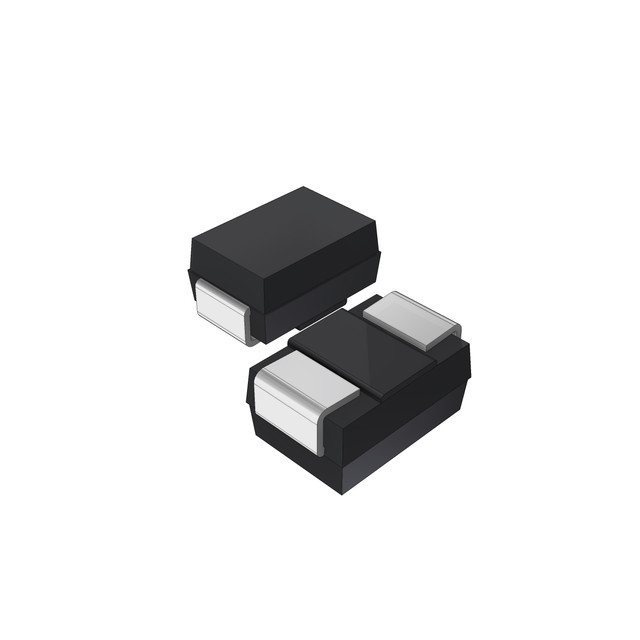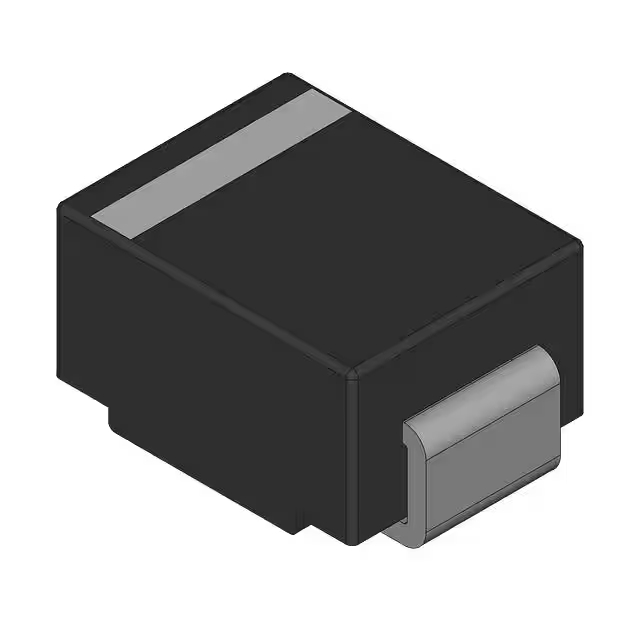NUP2105LT1G технический паспорт | приложение | PDF | onsemi
- Напряжение-обратное отклонение (типичное): 24 В (мин.)
- Напряжение-Пробой (мин): 26.2В
- Напряжение-фиксация (макс.) при Ipp: 44В
- Упаковка: ТО-236-3, СК-59, СОТ-23-3

БЕСПЛАТНАЯ доставка для заказов свыше HK$250.00

Быстрый ответ, быстрая расценка

Быстрая отправка, никаких проблем после продажи

Оригинальный канал, гарантия подлинности продукции
NUP2105LT1G
The NUP2105LT1G is a Schottky diode, which is great for high-speed applications due to its low forward voltage drop and fast switching. With a typical forward voltage of 0.45V at 10mA, it’s efficient, minimizing power loss. The reverse leakage current is also very low, around 0.1µA at 25V, which ensures high efficiency in circuits.
It can handle reverse voltages up to 30V, making it suitable for various applications. Plus, its low capacitance (12pF at 1MHz) makes it ideal for RF and high-frequency circuits. It comes in a small SOT-23 package, which is perfect for surface-mount applications.
This diode is commonly used in power rectification for DC-DC converters, signal clamping to protect circuits, and high-frequency switching applications.
NUP2105LT1G Pinout and Orientation
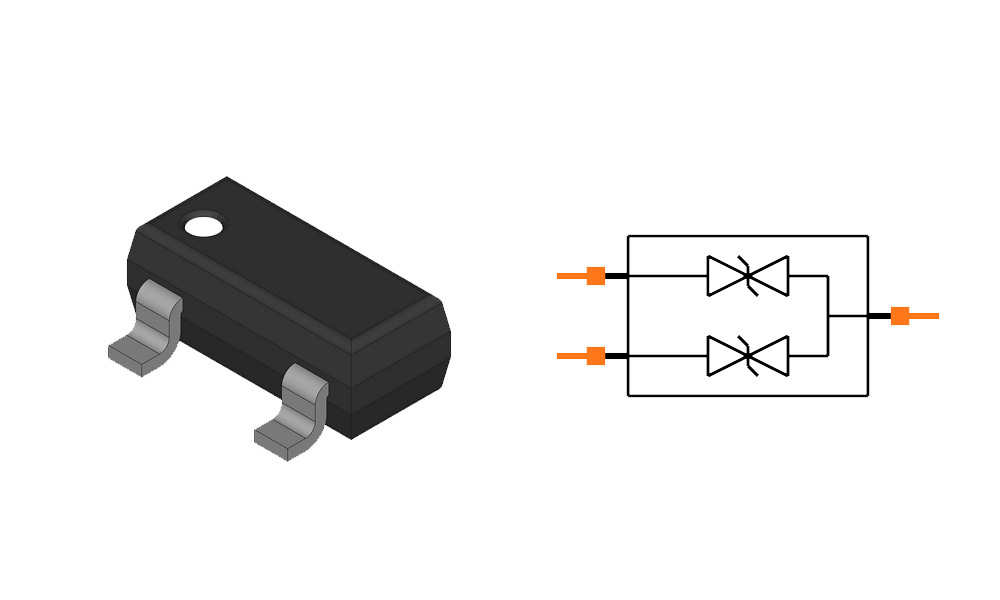
| Номер контакта | Имя пин-кода | Функция |
|---|---|---|
| 1 | Анод | Connect to the positive side of the circuit (current enters here) |
| 2 | Катод | Connect to the negative side of the circuit (current exits here) |
| 3 | No connection (NC) | Typically unused, or connected to ground in certain configurations |
When looking at the NUP2105LT1G in the SOT-23 package, here’s how the pins are oriented:
-
Pin 1 (Anode): This is usually on the left when the flat side of the package is facing up. It’s the positive side, so you’ll connect it to the higher potential in your circuit.
-
Pin 2 (Cathode): This is the middle pin, marked with a stripe to indicate the negative side. You’ll connect this to the ground or lower potential side of the circuit.
-
Pin 3 (NC): This pin is not connected to anything and doesn’t serve a functional purpose, so you can leave it floating or connect it to ground if needed.
Make sure you connect the cathode to the negative side and the anode to the positive side. If you get the orientation wrong, the diode won’t work.
Since the SOT-23 package is small, be careful during soldering to avoid shorts or misalignment.
NUP2105LT1G Equivalent Schottky Diode
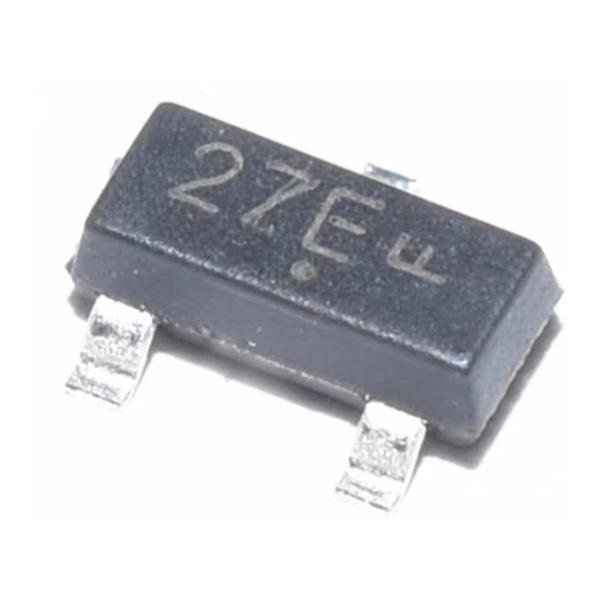


| Особенность | NUP2105LT1G | BAT54HT1G | 1N5819 |
|---|---|---|---|
| Упаковка | СОТ-23 | СОТ-23 | СОТ-23 |
| Forward Voltage (Vf) | 0.45V at 10mA | 0.3V at 1mA | 0.45V at 1A |
| Reverse Leakage Current (Ir) | 0.1 µA at 25V | 0.2 µA at 25V | 0.1 µA at 20V |
| Reverse Voltage (Vr) | 30В | 30В | 40В |
| Текущий рейтинг | 200мА | 200мА | 1А |
| Емкость | 12 pF at 1 MHz | 20 pF at 1 MHz | 50 pF at 1 MHz |
| Скорость переключения | Высокий | Высокий | Середина |
| RoHS Compliant | Да | Да | Да |
| Приложение | Power rectification, signal clamping | Power rectification, signal clamping | Power rectification, DC-DC converters |
Here’s a quick comparison between the NUP2105LT1G, BAT54HT1G, and 1N5819:
The NUP2105LT1G has a typical forward voltage of 0.45V, a reverse voltage of 30V, and a very low reverse leakage of 0.1 µA. It’s great for power rectification and signal clamping in low-power applications.
The BAT54HT1G has a slightly lower forward voltage of 0.3V, which makes it more efficient in low-voltage circuits. Its reverse leakage is slightly higher at 0.2 µA, but it still works well for power rectification and clamping, especially in low-voltage applications.
The 1N5819 also has a forward voltage of 0.45V but can handle up to 1A of current and a reverse voltage of 40V. It’s ideal for higher current applications or those needing voltages over 30V, like DC-DC converters.
NUP2105LT1G Rectifier Circuit Example

In your CAN bus circuit, the CAN Transceiver подключается к CAN_H и CAN_L lines, which carry the differential signals for communication. To protect against voltage spikes, the NUP2105LT1G Schottky diode is placed between the CAN bus and ground. Its anode is connected to the ground, and the cathode to the CAN bus lines.
This setup ensures that if there’s an over-voltage or spike, the diode will clamp the voltage to a safe level, preventing damage to the transceiver and keeping communication stable. The low forward voltage drop of the Schottky diode allows it to respond quickly to spikes without wasting power.
This kind of protection is vital, especially in automotive and industrial environments where the CAN bus is often exposed to electrical noise and voltage transients that could harm your electronics.
NUP2105LT1G Reverse Polarity Protection Circuit
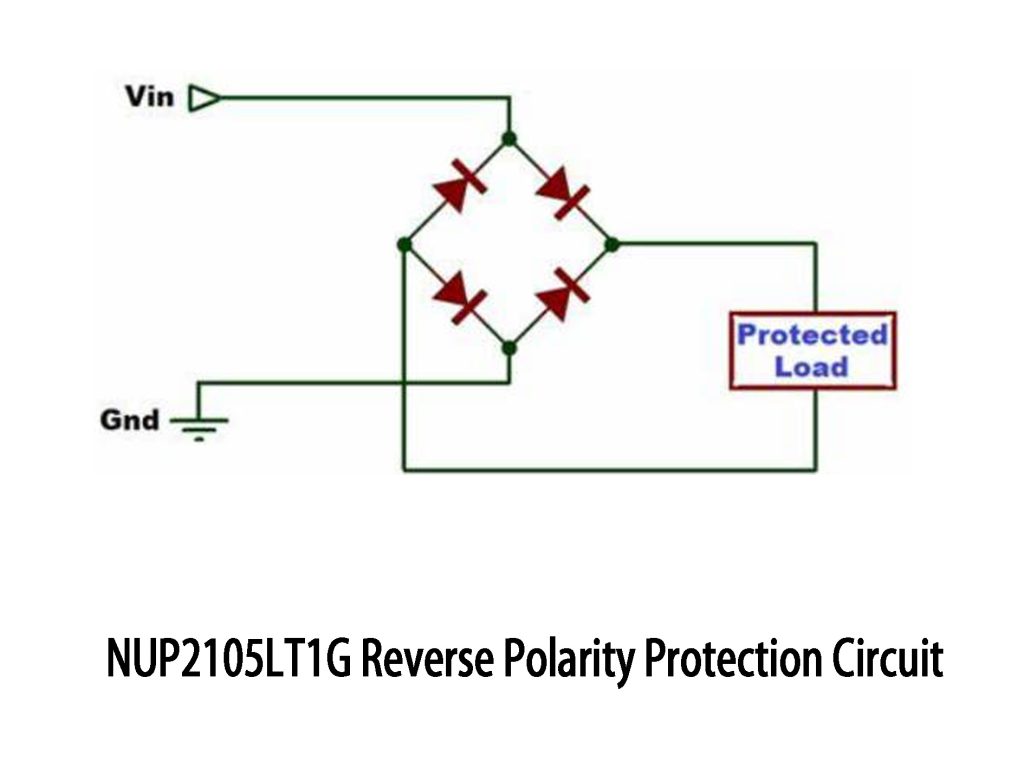
This reverse polarity protection circuit uses four diodes to protect your load from damage when the input voltage is connected the wrong way around. Here’s how it works:
The circuit uses a diode bridge rectifier. When the voltage is connected correctly, two diodes are forward-biased, allowing current to flow to the load. If the polarity is reversed, the other two diodes become forward-biased and block the reversed current, protecting the load.
The NUP2105LT1G Schottky diodes are perfect for this setup because of their low forward voltage drop. They quickly react to the current flow, ensuring efficient and fast protection.
This kind of circuit is super useful for preventing damage in case someone accidentally connects the power the wrong way, which could otherwise ruin the components.
NUP2105LT1G Power Supply Diode Switching
The NUP2105LT1G Schottky diode is great for power supply applications due to its low forward voltage drop and fast switching. It’s commonly used for things like rectification, voltage clamping, and reverse polarity protection.
In power supply circuits, this diode ensures efficient rectification by allowing current to flow only in one direction, converting AC to DC with minimal power loss. It’s also perfect for reverse polarity protection, quickly blocking reversed voltage to prevent damage to your circuit. Additionally, it can be used for voltage clamping—when the voltage spikes, the diode conducts and protects the load.
Its fast switching capabilities make it ideal for DC-DC converters и switching power supplies, where efficiency and speed matter. It can switch quickly between conducting and non-conducting states, reducing power loss during transitions.
NUP2105LT1G Application
The NUP2105LT1G Schottky diode is great for power supply applications, especially because it has a low forward voltage drop and fast switching. One common use is reverse polarity protection, where the diode prevents damage to the circuit if the power supply is connected incorrectly. It works by blocking reverse current, ensuring your system stays safe.
It’s also excellent for power rectification in circuits like DC-DC converters. With its low voltage drop, it converts AC to DC efficiently, minimizing power loss and heat. This makes it ideal for use in low-voltage systems and high-efficiency power supplies.
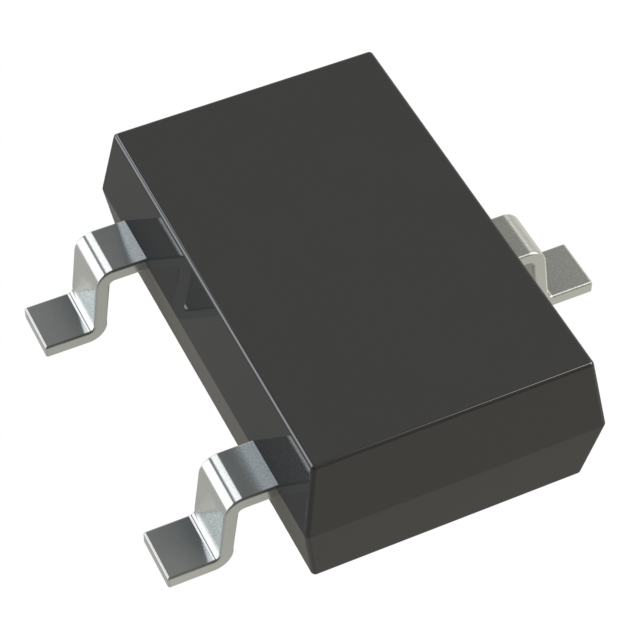



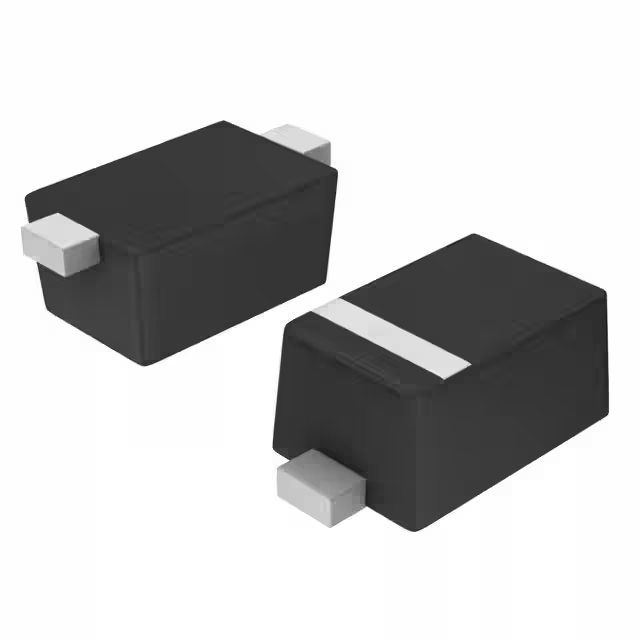

~~2-Top.jpg)
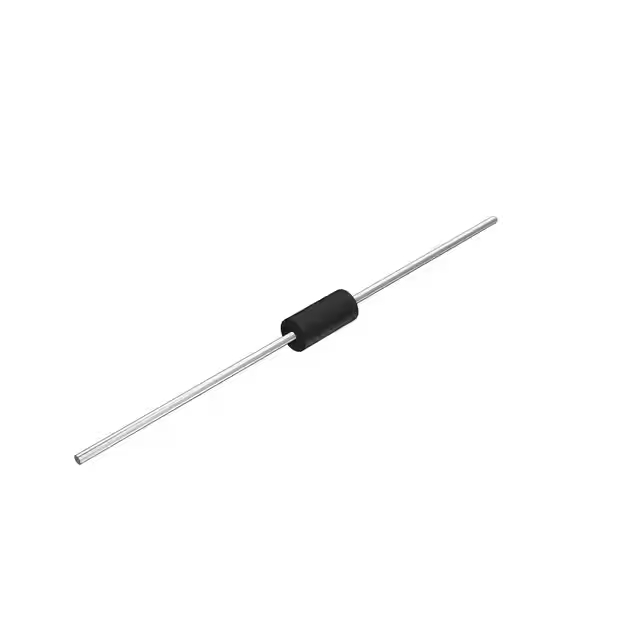




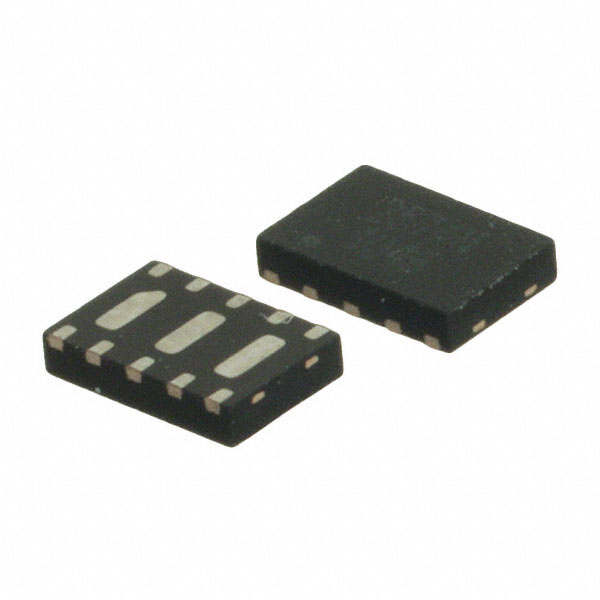
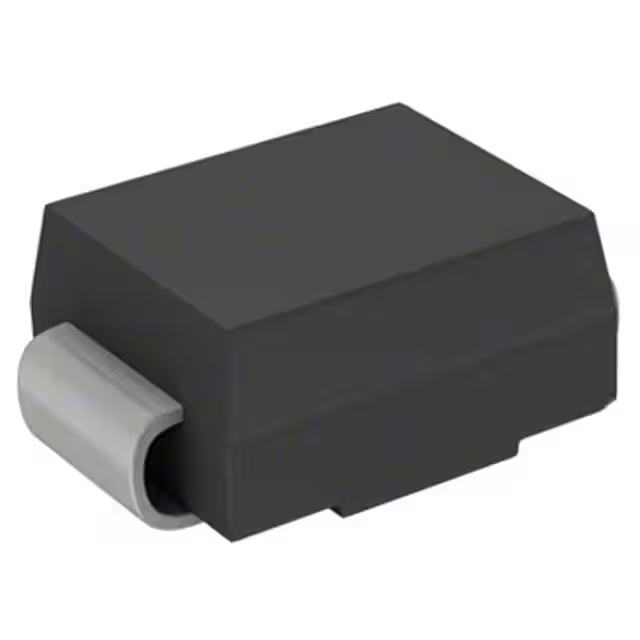
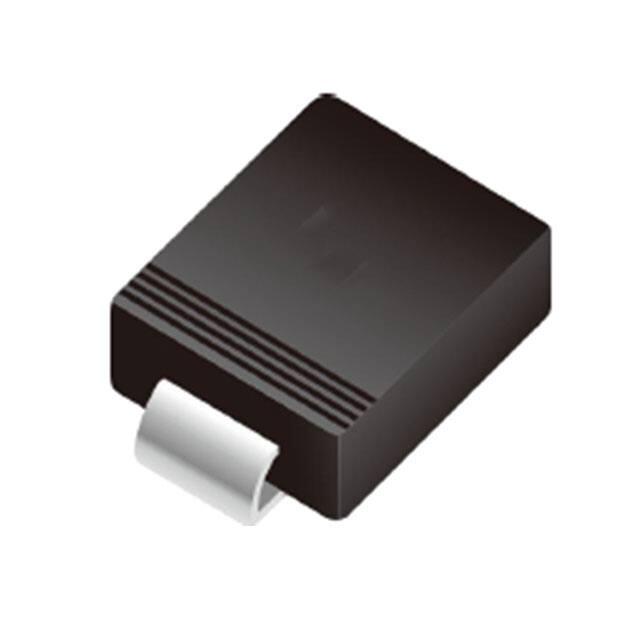
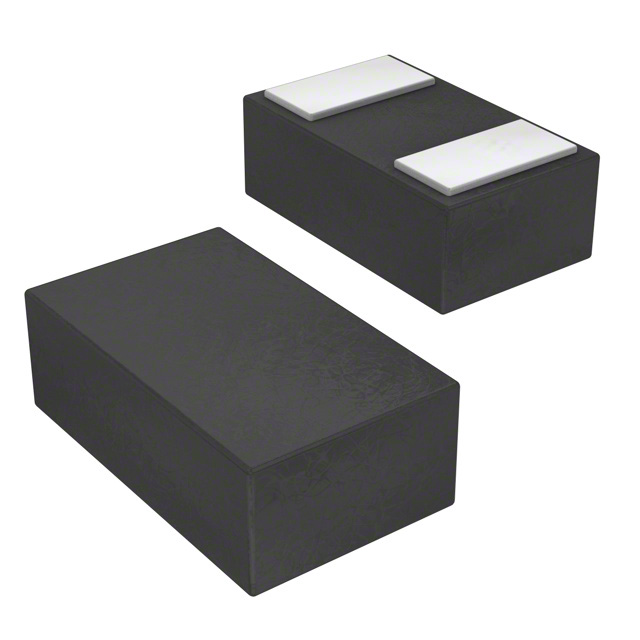
 2 Leads.jpg)

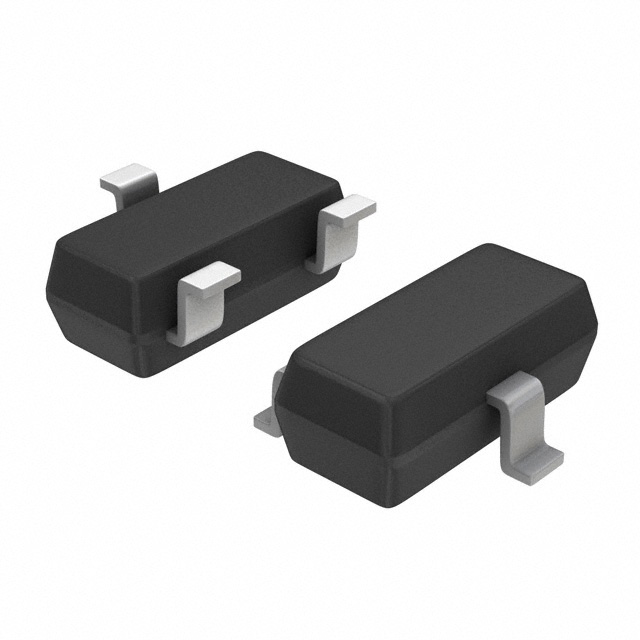
.jpg)
